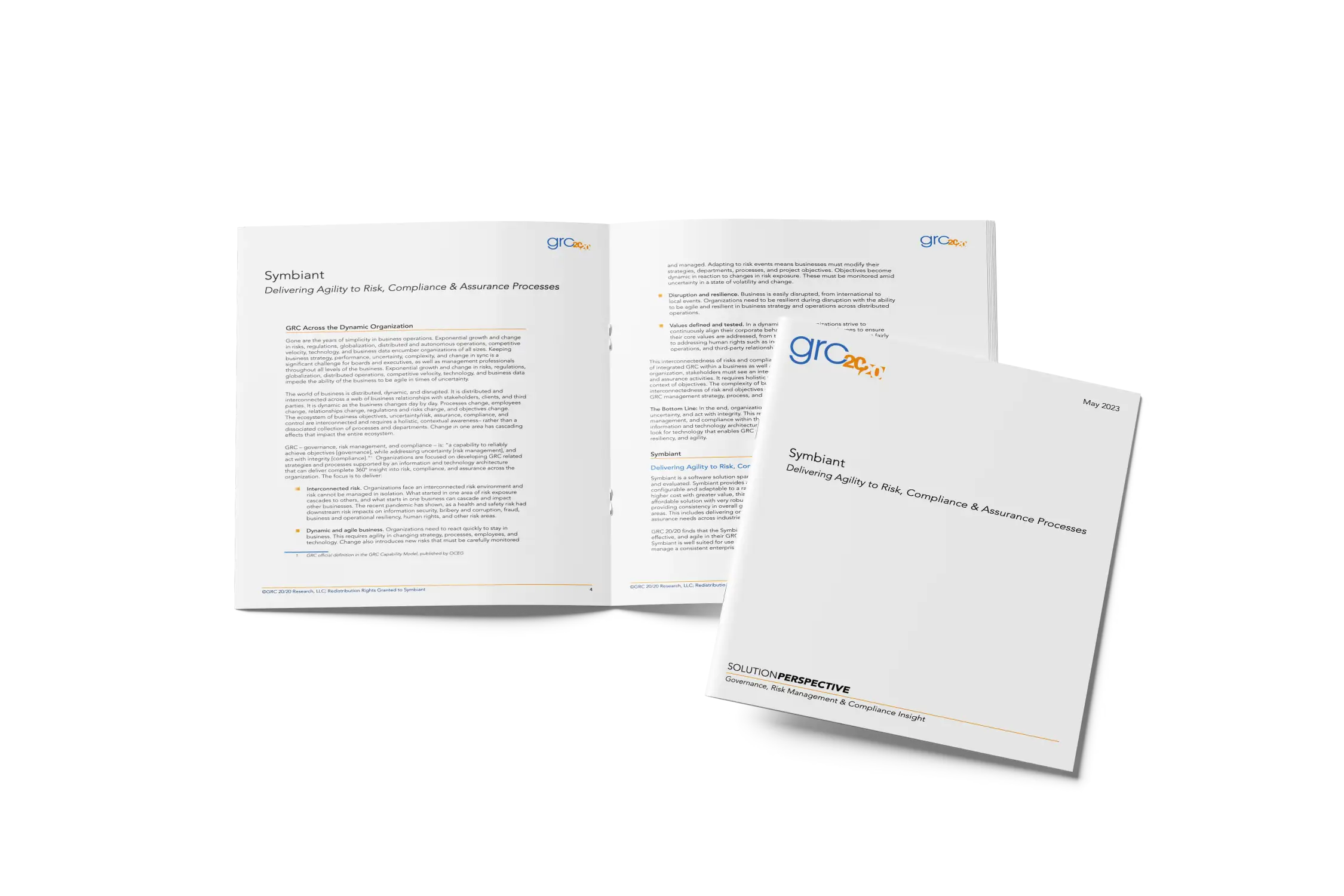For decades, spreadsheets have quietly powered the world’s most critical business, financial, and government decisions. They underpin budgets, risk assessments, audits, and regulatory reports. Yet behind their familiar grids lies one of the greatest and least-acknowledged threats to corporate governance: unchecked spreadsheet dependency.
Research by Dartmouth College found that 94% of operational spreadsheets contain errors, and nearly 2% of all formula cells produce incorrect results. KPMG and Ernst & Young have echoed these findings, revealing that virtually every complex spreadsheet hides material mistakes. When those files feed compliance, risk, or audit processes, the consequences are rarely small, they are catastrophic.
From government agencies losing thousands of COVID-19 case records to financial institutions misreporting billions in assets, spreadsheet-based GRC systems have created a long line of corporate horror stories.
They expose a harsh truth: what begins as a spreadsheet problem quickly becomes a governance failure.
This article explores some of the most infamous real-world spreadsheet disasters, and how modern, centralised GRC software like Symbiant could have prevented them through automation, control, and accountability.
The UK’s COVID-19 Data Loss (2020)
One of the most public spreadsheet failures in history occurred during the pandemic, when Public Health England lost nearly 16,000 positive COVID-19 test results. The cause? A simple yet devastating technical limitation, the agency was still using the outdated Excel XLS format, which caps files at 65,536 rows. Once that limit was reached, new case data was silently omitted.
For days, thousands of infected individuals went untraced, contact teams were working with incomplete information, and the nation’s infection figures were severely understated. The blunder became a symbol of how fragile spreadsheet-based reporting systems can be when used for critical, real-time operations.
Harvard’s Austerity Error (2013)
In one of academia’s most infamous data mishaps, two Harvard economists published a study linking high national debt to slow economic growth, a finding that went on to justify austerity measures across the globe. But years later, a postgraduate student discovered the truth: an Excel formula had accidentally excluded several countries from the analysis.
The error fundamentally altered the results and undermined years of policy decisions built on flawed data. What began as a simple oversight became a global lesson in the dangers of relying on opaque, unvalidated spreadsheets for critical research.
Uber’s $45 Million Underpayment (2017)
In 2017, Uber discovered that a misapplied formula had caused it to underpay thousands of New York City drivers by $45 million. The spreadsheet had been configured to calculate the company’s 25% commission on the gross fare rather than the net fare, meaning drivers were short-changed for years before anyone noticed.
The error wasn’t malicious, just a simple miscalculation buried deep in an unverified spreadsheet. But it exposed a crucial flaw: when complex pay or compliance models depend on manual formulas, one mistake can cascade into millions in losses and reputational damage.
The London Olympics Ticketing Scandal (2012)
During the 2012 London Olympics, organisers were forced into public damage control after discovering they had oversold 10,000 tickets for the synchronised swimming events. The culprit? A single misplaced keystroke in a spreadsheet that doubled the number of tickets available for sale.
The mistake embarrassed organisers, forced refunds, and undermined confidence in the event’s operational planning, all because of a file that no one had formally validated before execution.
MI5’s Surveillance Mistake (2010)
In a rare public admission, MI5 confirmed that a spreadsheet formatting error caused the agency to bug the wrong phones. The final three digits of more than a thousand numbers were replaced with “000” during data processing, leading to a serious privacy breach and the destruction of all affected recordings.
It was a striking example of how even the most security-conscious organisations can be undone by manual data handling.
Thyssenkrupp’s $10 Million Tax Error (2024)
In 2024, a UK court ordered German conglomerate Thyssenkrupp to pay an additional £10 million in tax after an unauthorised spreadsheet modification altered a key calculation in its tax return. The company argued it was a simple error, but the court ruled the change invalid, proving that a single untracked formula edit can have enormous legal and financial consequences.
How Symbiant Could Have Prevented These Failures
Replacing manual, error-prone spreadsheets with a dedicated GRC and Audit Management platform like Symbiant creates a single, reliable source of truth for all governance, risk, and compliance data. By centralising information and automating key workflows, Symbiant removes the version control chaos, hidden formulas, and human error that have repeatedly led to costly compliance and reporting failures, from miscalculations and missing records to unauthorised data edits. The platform maintains a secure, tamperproof audit trail for every action, provides automated alerts and real-time dashboards, and supports collaborative, permission-based workflows. The result is greater accuracy, accountability, and confidence, ensuring that no critical data is lost, overlooked, or misreported.
All-in-One GRC & Audit Management Powerhouse
Risk Management Software
Reduce exposure, invest in the right controls, respond faster to incidents, and navigate change with confidence. With optional AI, reveal blind spots and safeguard your objectives.
Audit Management Software
Simplify and centralise audits from start to finish. Assign actions, track progress, and generate reports effortlessly. Integrated workflows enhance accountability and transparency.
Compliance Management Software
Stay ahead of evolving regulations. Automate testing, track compliance actions, and ensure your organisation meets industry standards with confidence and clarity.





